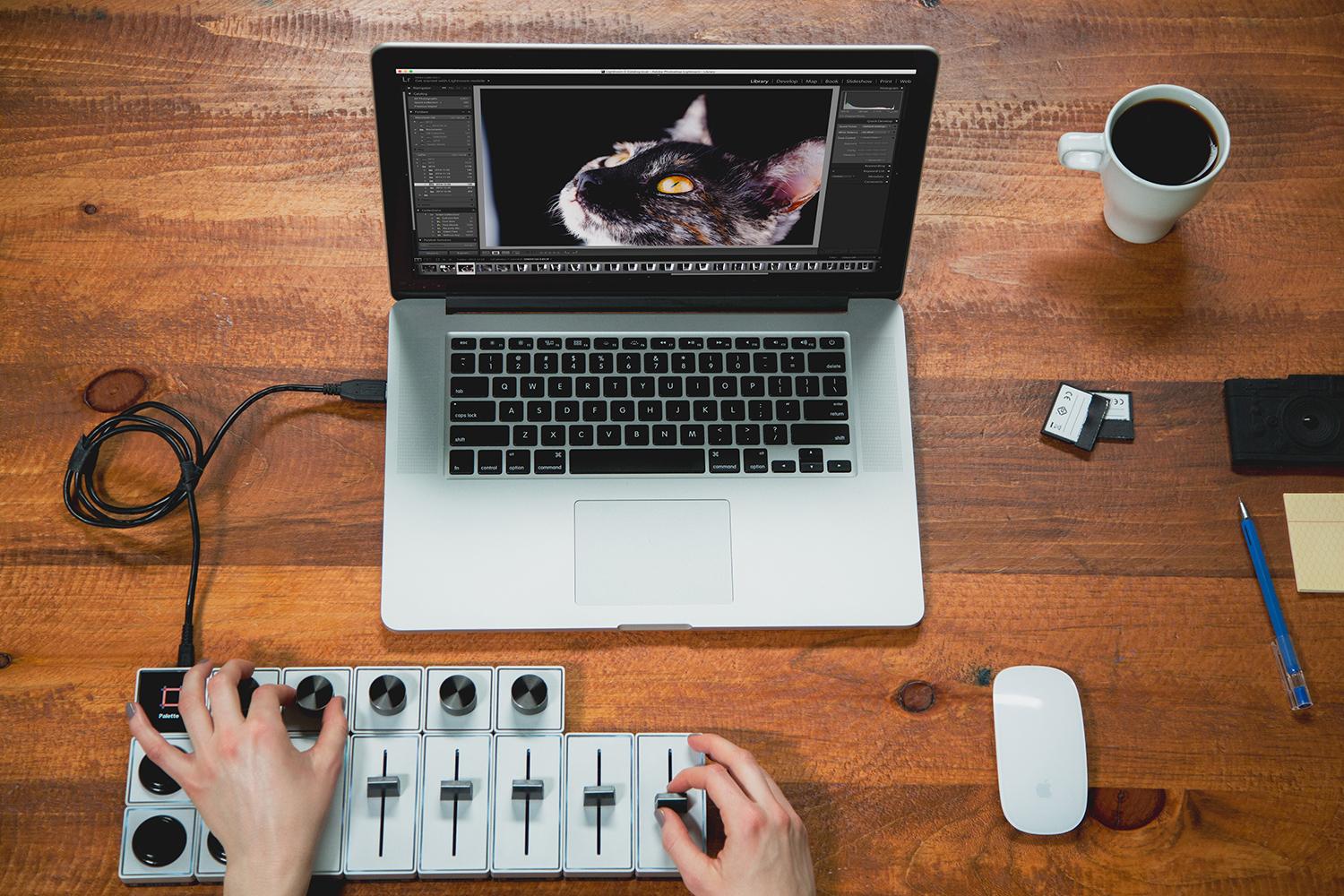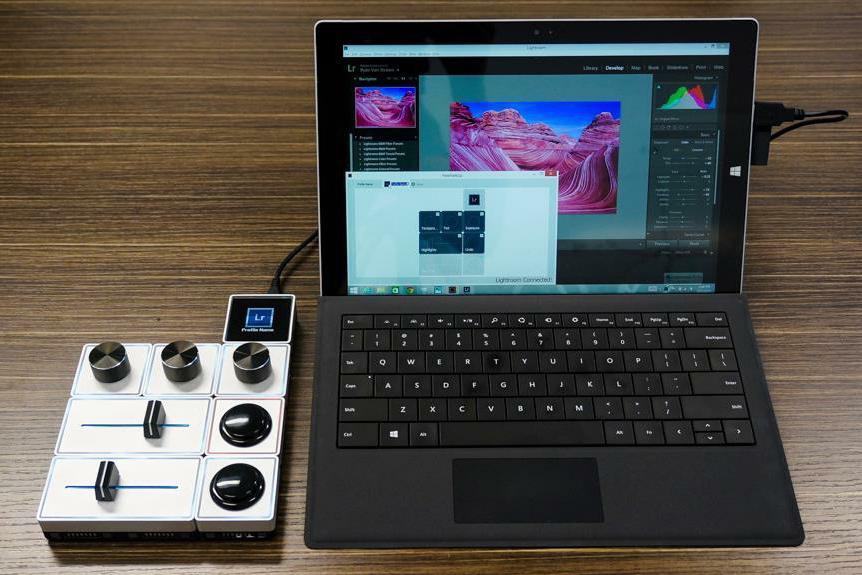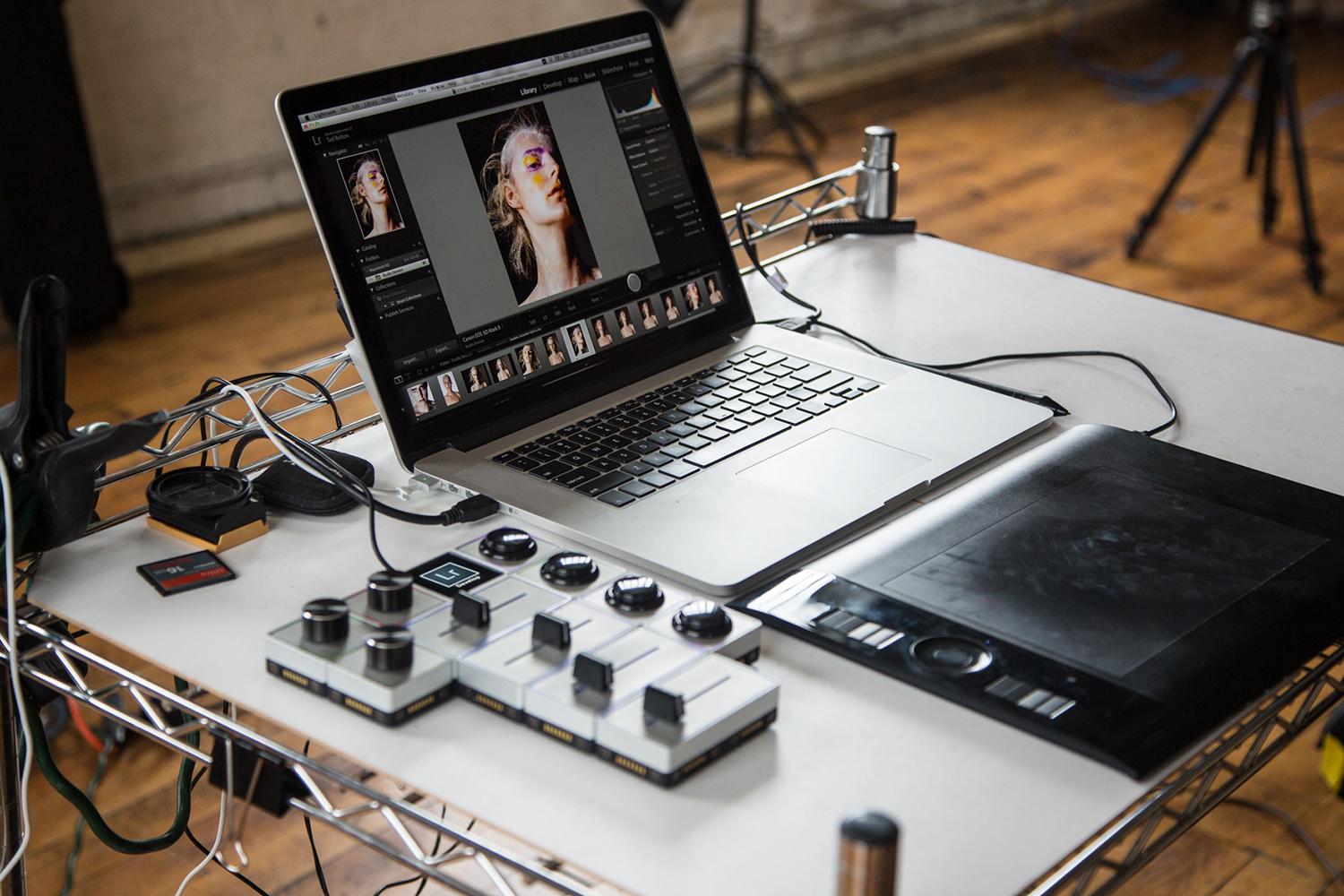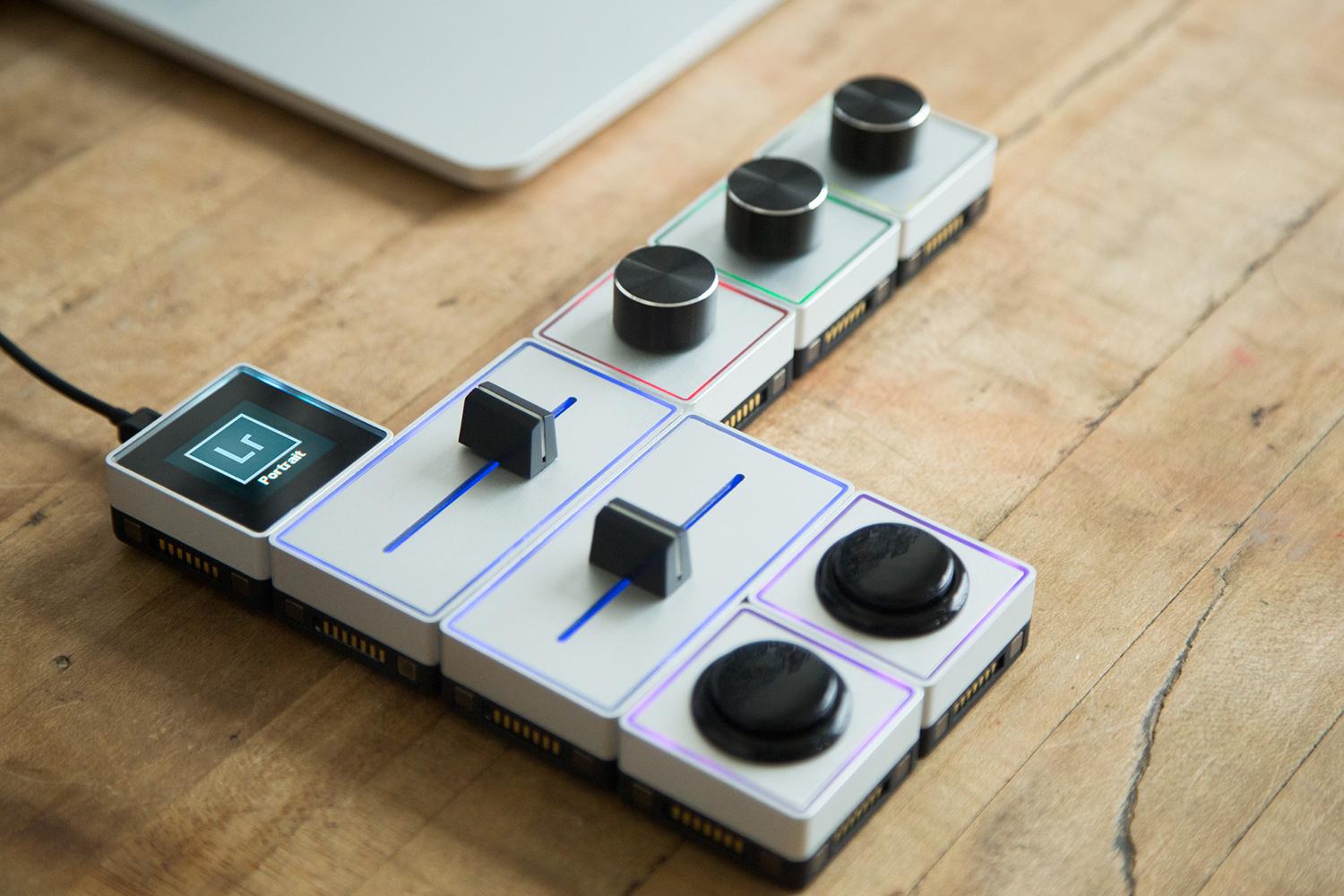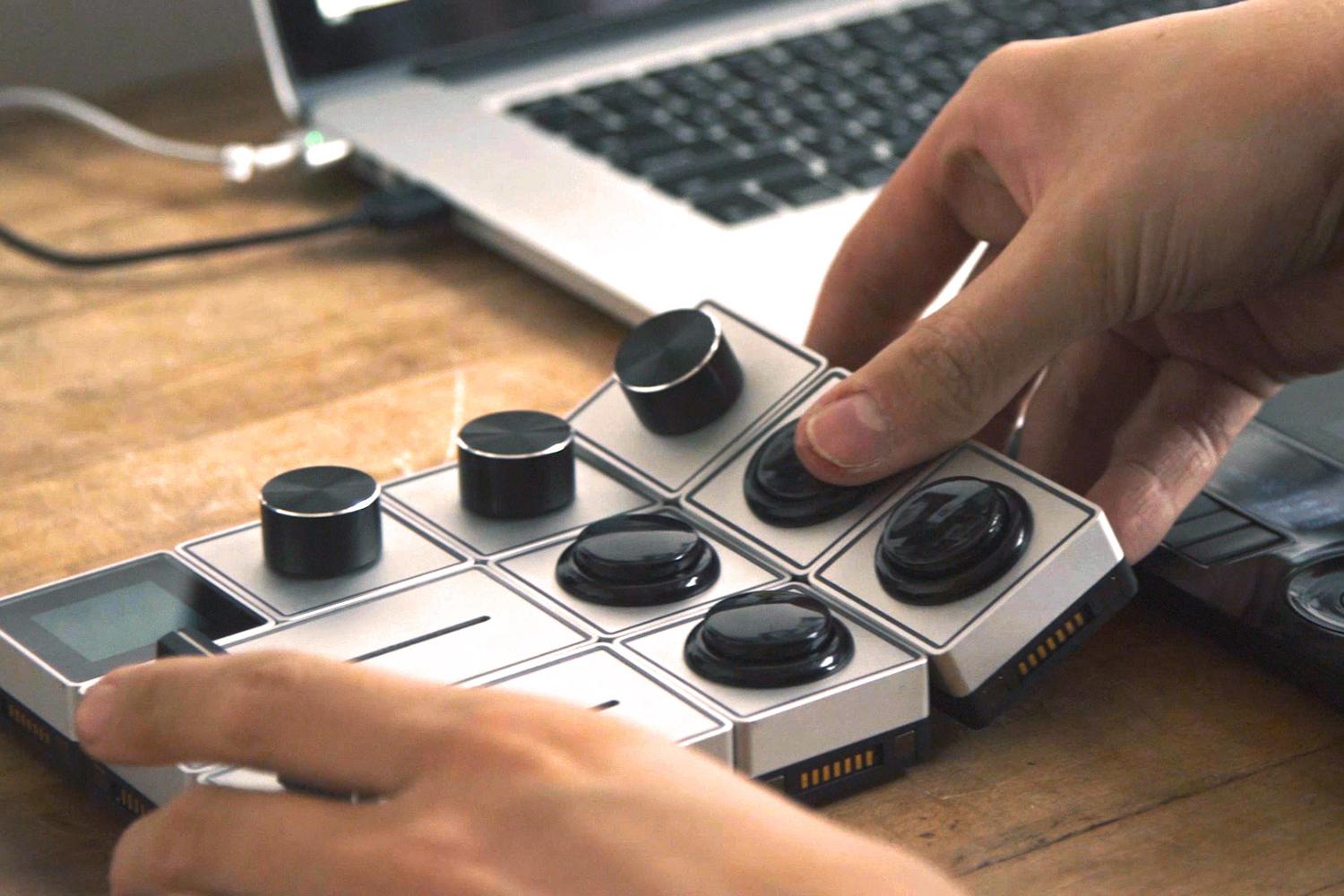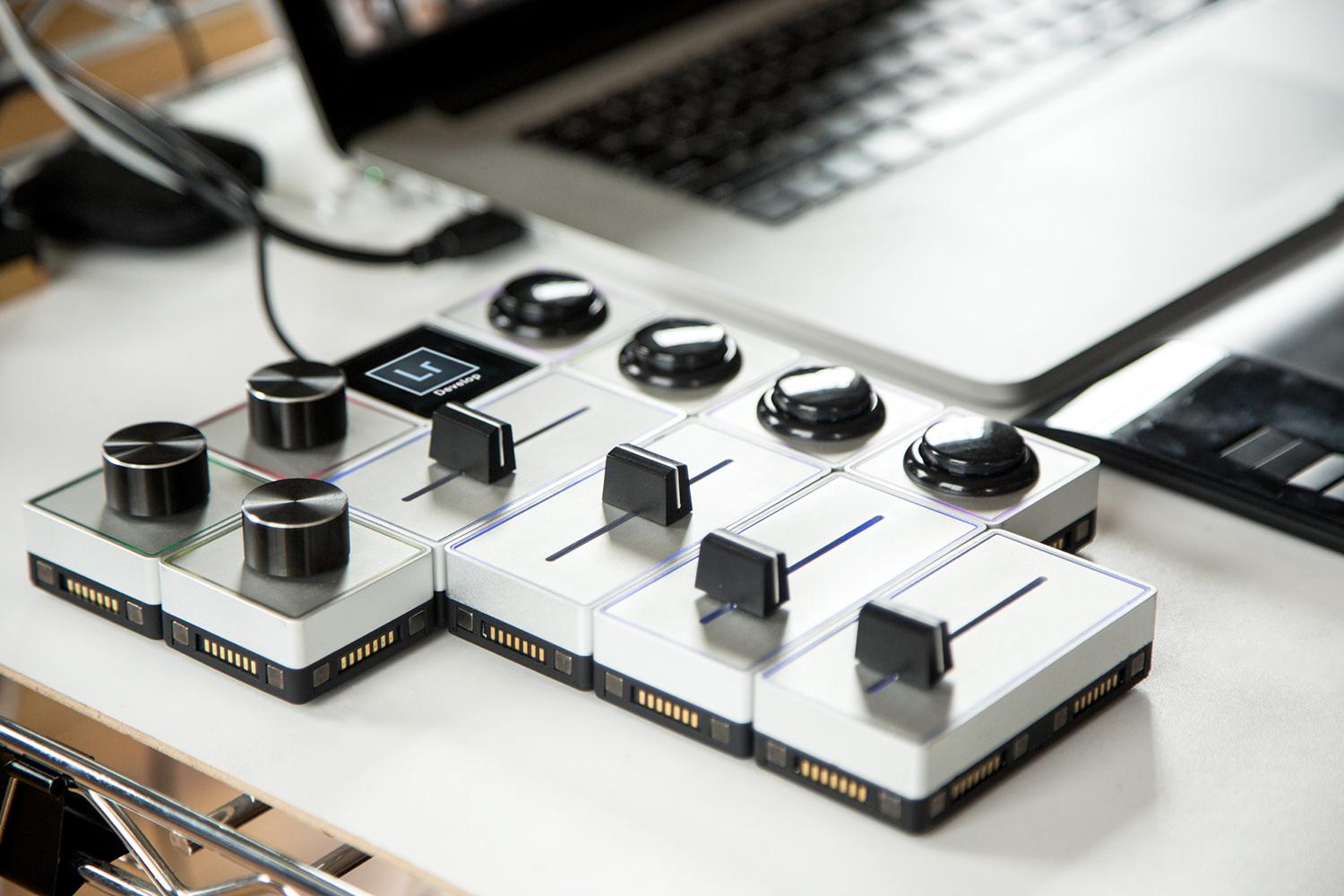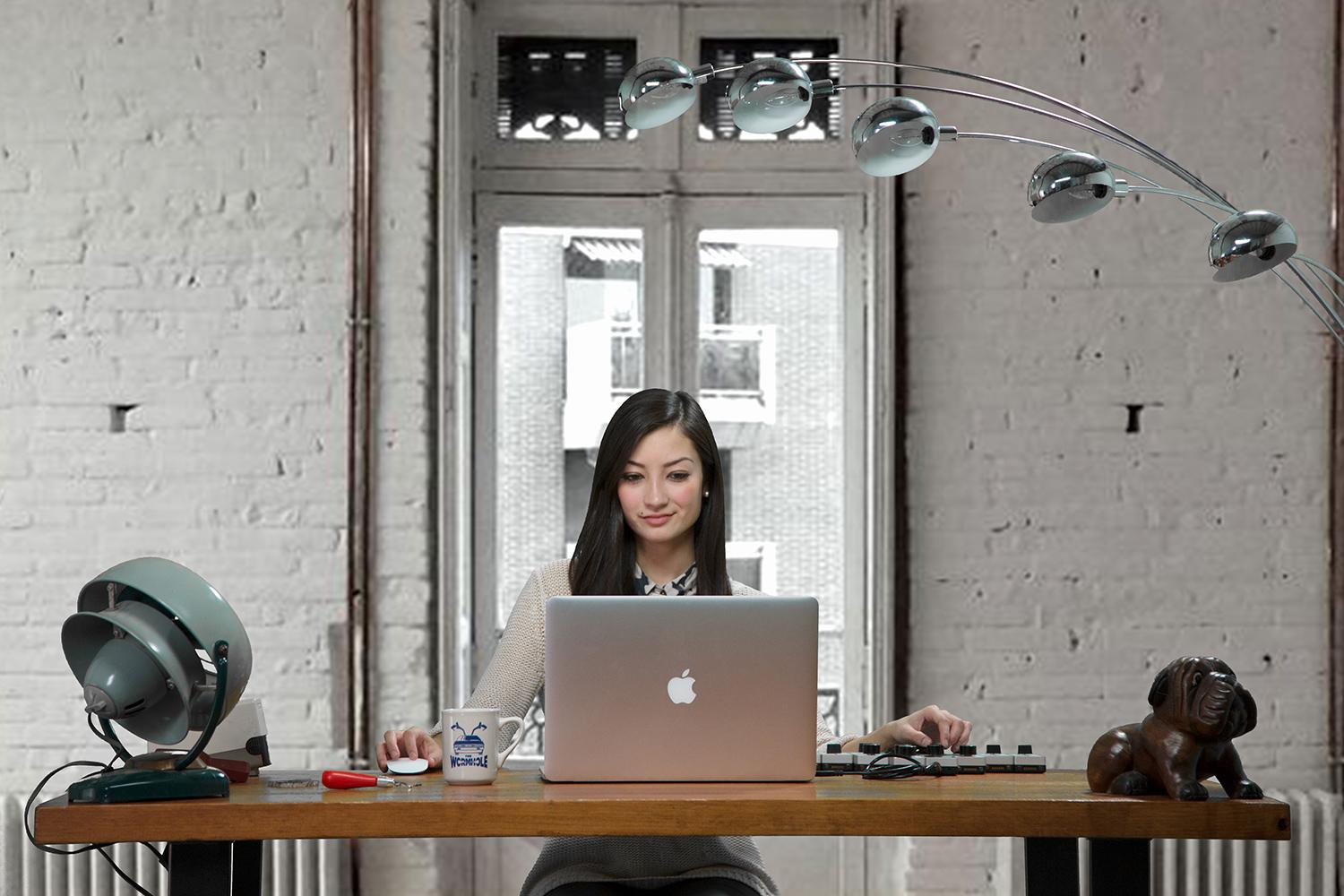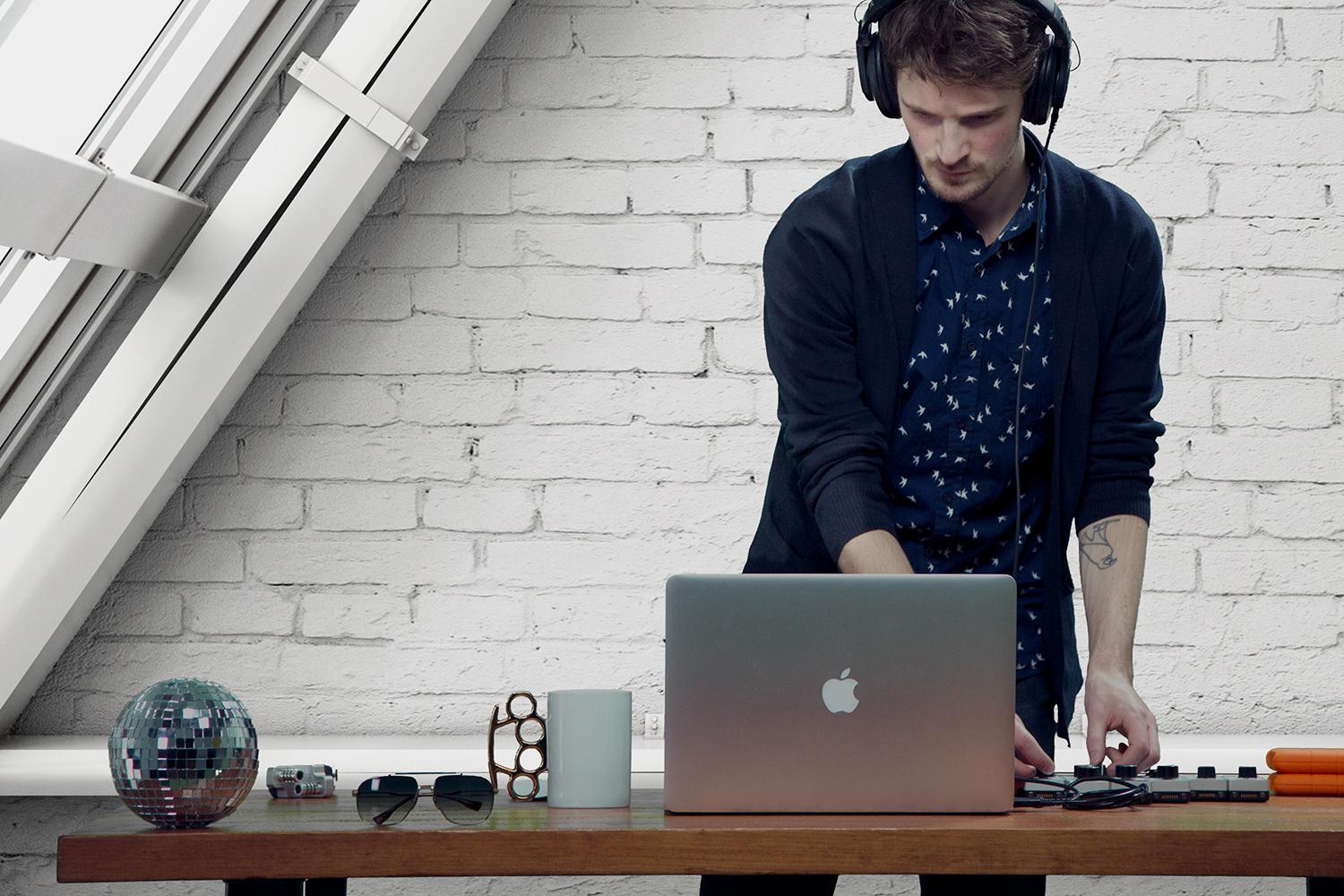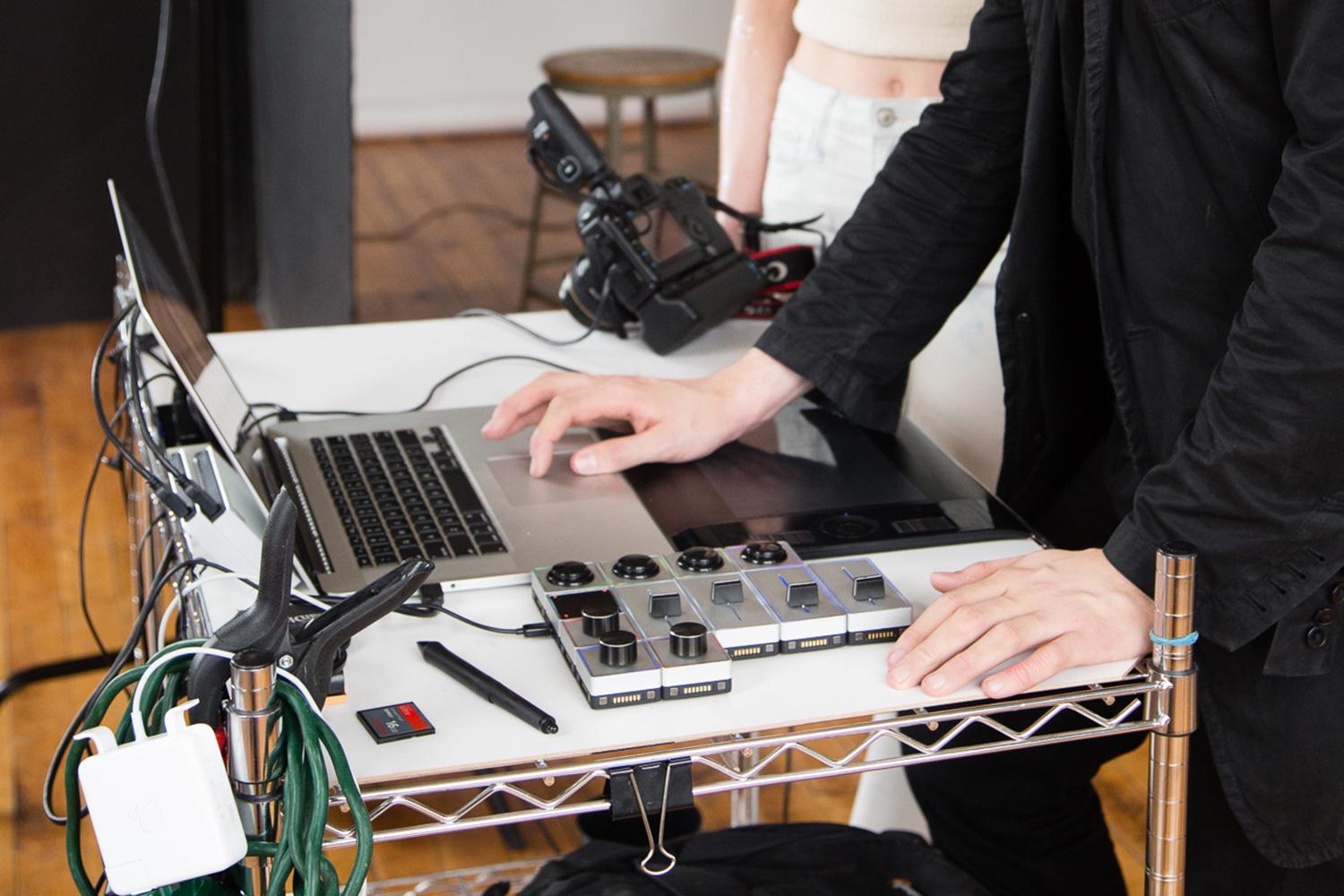
Trackpads and touch screens have already cast doubt on whether mice are the proper input method for modern computing, but neither has managed to kill it entirely. Could it extinction be around the corner? If so, what’s on the horizon to take its place?
A brief history of the mouse
The birth of the mouse isn’t all that simple to pinpoint, because in an odd way, it was actually born three different times.
Back in the 1940s, computing was very much in its infancy. The British Navy was working on a radar project known as the Comprehensive Display System, and user input was being communicated via a joystick, likely due to its military origin. A scientist named Ralph Benjamin questioned whether this was the best method, and by 1946 his research had led to a prototype “ball tracker.”
Ralph Benjamin built a prototype trackball in 1946, but it was considered a British military secret.
Today, we would refer to that device as a trackball, but in 1947 it was patented as the roller ball. Benjamin’s work laid the foundation for today’s mice, but at the time it was a military secret. It would remain that way for decades, as Benjamin only revealed the timescale of his work in a 2005 interview with the IEEE History Center in 2005. In the interview, he made reference to his confidence that the “roller ball” would go on to “long-term solution” to those early input problems.
Until that 2005 interview, it had generally been agreed upon that the fathers of the mouse were Douglas Engelbart and Bill English of the Stanford Research Institute. Quite separately, the pair had created a similar ball-based device with one major difference — instead of the user directly interacting with the ball component, it would be encased within a box with the intention of being ran over a flat surface.
In 1968, Engelbart assembled an event that he referred to as ‘the mother of all demos’. He intended to bring together all the research his team had been doing, and give his audience a glimpse into the future of computing. The presentation was highly influential, and its effects are still reverberating to this day. Except he had been beaten to the punch.
A German company called Telefunken released its Rollkugel (rolling ball) device to consumers on October 2, 1968 — weeks ahead of Engelbart’s presentation on December 9 of that same year. Around the world, separate teams had come to very similar conclusions regarding the problem of input. It seemed that the mouse was the perfect method for controlling one’s computer.
Touch heralds a change, but the change might not be touch
For the most part, mice are as ubiquitous today as they ever have been. Desktop computers are rarely seen without a mouse attached, and while laptops always ship with touchpad, many users prefer to attach a portable mouse instead.
Over the last thirty years, every other computer component has radically changed. Even the USB port that connects a mouse to your system has evolved substantially, and continues to do so to this day. But the mouse itself is largely the same. The ball has been replaced by an optical or laser sensor, but it performs an identical function — just more efficiently.
Not even touch has caught on with mainstream PC owners as of yet.
It might be argued that computer users are so accustomed to using a mouse to navigate their computer that it would be difficult to convince the masses to try something new. However, the past decade has demonstrated that we’re a more adaptable bunch than some would give us credit for.
It wasn’t that long ago that touch screens were thought of as a novelty. Now, smartphones and tablets have made them just as natural to use as a traditional keyboard and mouse set-up. In fact, we’re seeing more and more hybrid devices that give users the capabilities of a desktop with the option of a touch-based interface.
Windows 10 goes out of its way to accommodate touch-centric users, and Cortana could be seen as the first step towards a voice-controlled interface. It’s clear that manufacturers are beginning to test the water for new input methods in familiar computing scenarios. But the direction we should be headed in remains elusive. There are many possibilities, but not even touch has caught on with mainstream PC owners as of yet.

Fortunately, there are some very talented people working towards the goal of a better computing experience. Some of those are stationed with the biggest names in tech, working on well-publicized projects like HoloLens. Others call smaller organizations home — but their efforts might be just as newsworthy if they can create an input method that takes off in the mainstream.
Unexpected innovations
Calvin Chu is the original designer of the Palette, a device that attempts to turn the one-device-fits-all mentality of the computer mouse on its head. “While I was an undergrad, I was very interested in human-computer interaction,” he tells me, but it wasn’t until he combined that fascination with his understanding of music production and photography that the project began to take shape.
“We’re in an era of personalization.
Calvin tells me about how the “collision” of these interests led him on the thought process that would help him and the Palette team successfully carry out a $100,000 Kickstarter campaign. “DJs have been using tactile controllers for decades. Why aren’t other professionals in the world using similar tools? Why not photographers? Why not designers?”
This line of thinking brought about the Palette, a modular collection of switches, dials and buttons that sets out to give the user the ability to build their own workspace. If you’re simply looking for one slider to use exclusively for a particular Photoshop tool, you can do that — but if you’re looking to assemble an array of dials for use with music production software like Ableton, that’s just as simple.
Related: We go hands on with Microsoft’s HoloLens headset
Calvin tells me that he’s looking to “create a new paradigm for interface,” and that implicitly suggests there’s something wrong with the current model. When the computer mouse was being designed, it was intended for a very specific purpose. Since then, our usage of computers has diversified a great deal, and the way we interact with our devices hasn’t been quick to follow.
It’s easy to find specialized computer software that caters to even the most unusual tasks, but the same can’t be said of hardware. The mouse is used for everything from simple web browsing, to photo manipulation, to video gaming. While it’s not a bad input method for any of those tasks, it stands to reason that specialized devices would be able to do a better job.
This is where the Palette steps in, thanks to its status as a “personalized peripheral.” While the device is just one of many projects looking to redefine the methods we use to interact with our systems, the philosophy behind it seems to be a winning formula.”We’re in an era of personalization,” Calvin says. “Experiences and products revolve around the user, and not the other way around.”
Best laid plans
In its time, the computer mouse was nothing less than a revelation. The burgeoning world of computers might never have taken flight without such a robust input method, and for that, all those involved with its creation deserve a great deal of credit. However, that doesn’t mean that we shouldn’t look to improve upon it.
It would be foolish to say that the mouse of today isn’t fit for its purpose. Still, there’s plenty of untapped potential for other input methods like Palette. In the fluid world of technology, there’s always room for a new product that can simply do the job better.
Perhaps one day, we’ll look at the mouse like we do the floppy disk. It’s still a part of the culture of computing — at this point, it would be sacrilege to see a save icon that looks like anything else. But the floppy disk was killed off by new thinking that took advantage of advances in technology, and computing is better for it.
